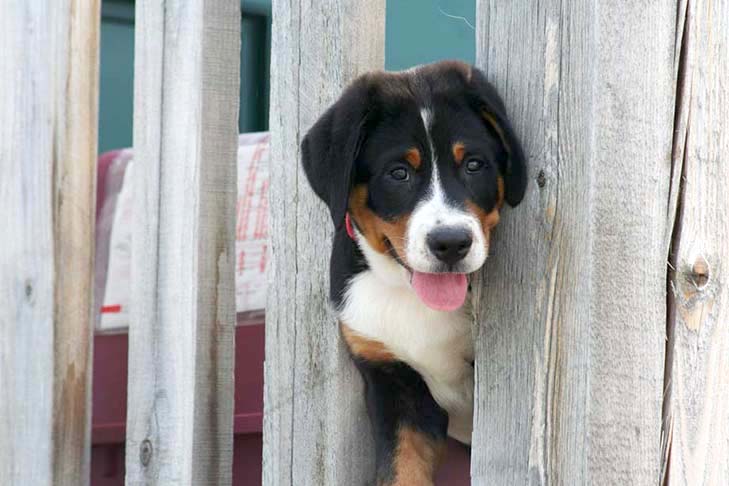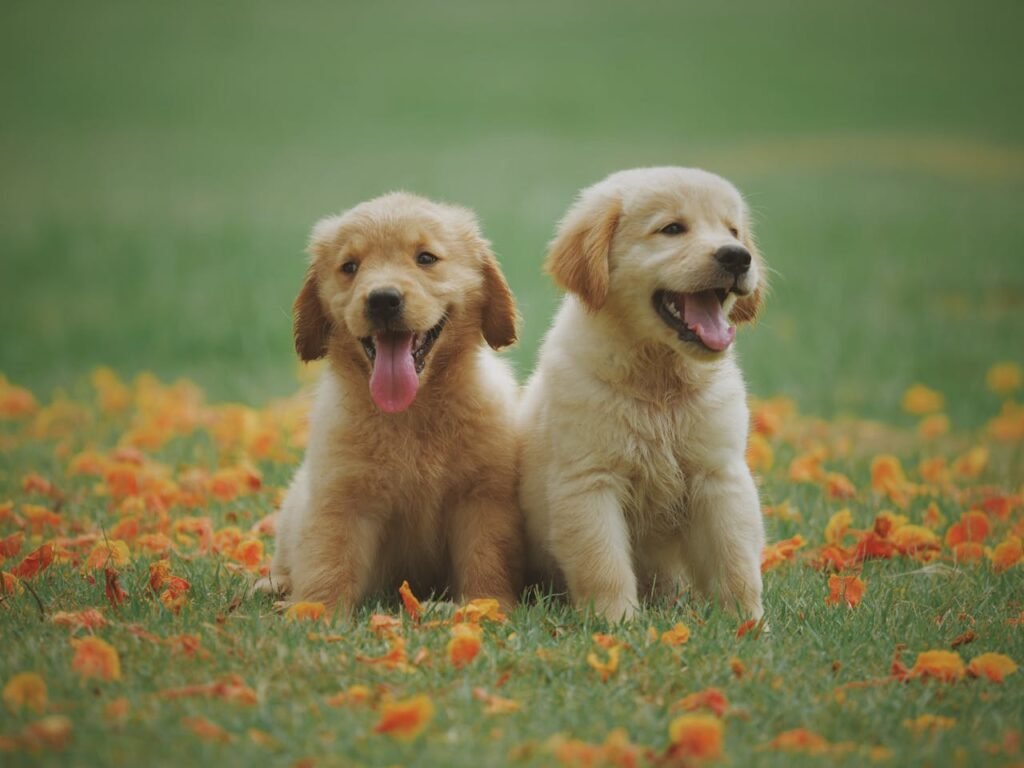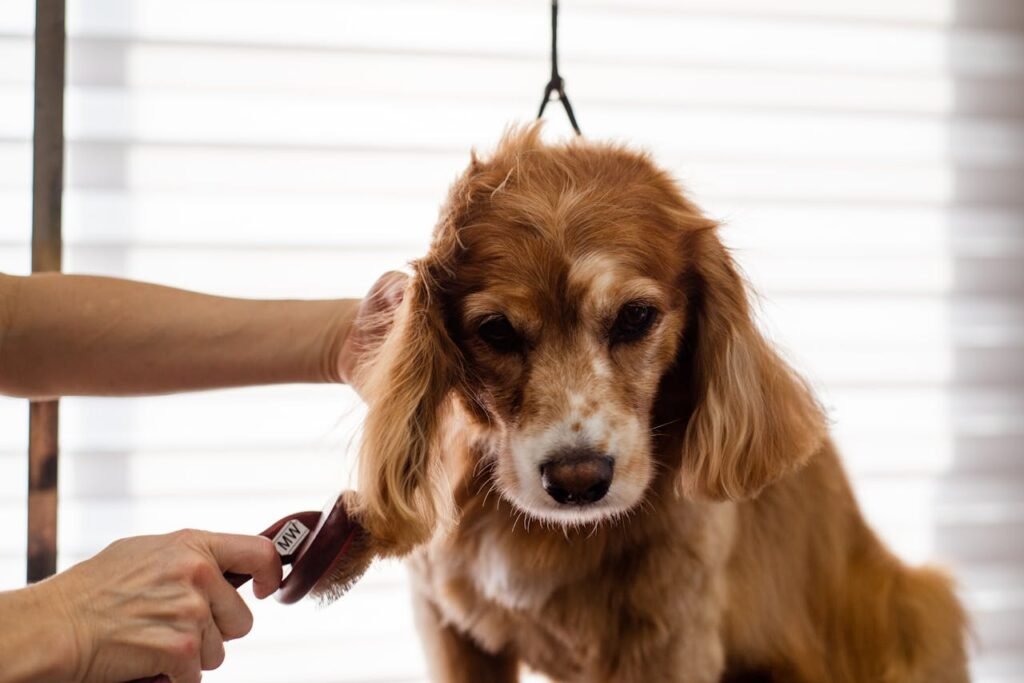How to Teach Your Dog to Stay in the Yard. Learn simple tips To teach your dog To stay in The yard safely. Enjoy peace of mind while your furry friend plays happily. Let’s get started on this fun training journey!
How to Teach Your Dog to Stay in the Yard
Understanding Boundaries
Dogs thrive on routine and structure. Making boundaries essential. First. Ensure your dog understands what ‘stay’ means in a general context. Positive reinforcement helps establish clear expectations. Each time your dog remains within designated limits. Offer praise or a treat. This strategy encourages desired behavior through consistent rewards.
Visual markers can further clarify boundary areas. Simple flags or fencing can denote where your dog should not cross. Consistency in training and reinforcement will strengthen your dog’s understanding of boundaries over time.
Additionally. Gradually increasing exposure to environmental distractions prepares your dog for realworld situations. Start with quiet spaces and progressively introduce more stimuli. This approach enables your furry friend to learn effective coping strategies in social contexts.
Building a Strong Recall
Establishing strong recall commands is vital for effective yard training. Use a specific phrase. Such as “come,” consistently during training sessions. Encourage your dog with cheerful tones and engage in games of fetch or hideandseek. Positive associations will help your dog believe returning to you brings fun and rewards.
Regularly practice these commands in various settings outside of your yard. Varying environments build confidence and responsiveness. In unpredictable situations. Your dog should reliably return to you without hesitation.
Utilizing a long leash during initial outdoor training sessions gives you control. This tactic enables a safe space for exploration while ensuring that your dog can’t wander too far. Over time. Gradually loosen the leash as trust develops.
Utilizing Fencing Solutions
Physical barriers serve as practical tools for teaching yard boundaries. Installing a fence significantly limits a dog’s roaming potential. Various options exist. Including wooden. Chainlink. And invisible fencing systems. Each type offers distinct advantages and disadvantages.
While traditional fencing provides clear visibility. Invisible fences require different training techniques. Familiarizing your pup with invisible systems involves gradual exposure and understanding its function. Reinforce lessons clearly so your dog realizes where boundaries lie.
Consider other boundary solutions. Such as remote training collars. These can assist in reminders when dogs stray too far. Ensure thorough research before selecting an appropriate system that fits your dog’s temperament and training needs. For more detailed insights on this topic. Check out this helpful video guide.
Positive Reinforcement Techniques
Positive reinforcement establishes trust between you and your dog. Celebrate each achievement with a reward. Including praise. Treats. Or playtime. Tailor rewards according to what motivates your dog. Thorough understanding of your pup’s preferences can maximize training effectiveness.
Delay rewards until after your dog remains within boundaries. This practice solidifies the connection between behavior and reward directly. Over time. Aim for intermittent reinforcement so your dog remains motivated to follow commands even without immediate rewards.
Refrain from using punishment during training sessions. Negative reinforcement can create fear or anxiety. Undermining trust and productivity. Instead. Focus on fostering a positive atmosphere that encourages learning. Growth. And understanding.
Creating a Routine
Establishing a consistent routine contributes significantly to training success. Dogs thrive in structured environments. Making regularly scheduled outdoor time key for practice. Designate specific times for play and training in the yard to develop a familiar environment.
During these sessions. Reinforce commands. Boundaries. And recall. Consistency aids in recognizing patterns and expectations. Consider incorporating physical exercises. Which promote positive behaviors and increase focus.
Keep play sessions short and engaging. Maximizing your dog’s attention span. Frequent. Brief training intervals often yield better results than extended sessions that may result in fatigue or disinterest. Adjustment of duration according to your dog’s energy levels enhances engagement.
Understanding Distractions
Outdoor environments are rife with distractions. Making it crucial for dogs to learn how to navigate such stimuli. Begin with initial training in calm settings to minimize interruptions. Reward your dog for maintaining focus. Gradually adding distractions as understanding improves.
Introduce various sounds. Other animals. And people slowly. Allowing your dog to learn selfcontrol amidst chaos. Repeating commands and rewarding good responses during these distractions helps reinforce lessons effectively.
Outdoor environments vary greatly. So adapt training methods according to each unique situation. This adaptability fosters confidence and reliability. Ensuring your dog remains obedient regardless of external factors. For additional community insights. Consider exploring [this Reddit discussion](https://www.reddit.com/r/Dogtraining/comments/vquvon/how_to_train_dog_to_stay_in_back_yard/).
Socialization with Other Dogs
Incorporating socialization with other dogs enhances learning. Allow your dog exposure to different breeds and sizes to improve social skills. Encourage positive interaction through play. But supervise sessions closely to prevent negative behaviors from occurring.
Evaluate how well your dog listens and responds during interactions. If your dog struggles. Redirect attention back to you with commands or treats. Regularly engaging with other dogs can significantly bolster overall training success.
Organized group classes provide controlled environments for complex learning. Instructors can guide interactions. Ensuring safe and positive experiences for all involved. This added layer of socialization can benefit dogs struggling to maintain boundaries in less controlled situations.
Training Tools to Consider
- Clickers for precise timing 🎯
- Long leashes for controlled freedom ⛓️
- Interactive toys for keeping engagement high 🧸
- Reward bags for easy access 🍪
- Barrier flags for clear visual cues 🚩
Comparison of Training Methods
| Method | Effectiveness | Control Level |
|---|---|---|
| Physical Fencing 🏠 | High | Very High |
| Invisible Fencing ⚡ | Moderate | High |
| Long Leash Training 🐕 | High | Moderate |
| Positive Reinforcement 🎉 | High | Low |
My journey with teaching dogs involves patience and creativity. I remember experiencing frustrations before understanding how essential positive reinforcement was. Each success. No matter how small. Provided motivation for both myself and my dog. Observing progress transformed training from a chore into enjoyable bonding moments.
For comprehensive resources that can assist you in training your pet. You might want to visit Haven for Pet Care.
Learn simple tips To teach your dog To stay in The yard safely. Enjoy peace of mind while your furry friend plays happily. Let’s get started on this fun training journey!

What are The best techniques To teach my dog To stay in The yard?
Utilize positive reinforcement techniques. Such as treats & praise. Whenever your dog stays within The yard boundaries. Start by using commands like “stay” or “come” while gradually increasing The distance. Consistency is key. So practice regularly. Ensuring your dog understands The boundaries.
How can I ensure my dog remembers The boundaries of The yard?
Creating physical markers. Like fences or barriers. Can help your dog understand The edge of The yard. Additionally. Regularly walking your dog around The perimeter allows them To familiarize themselves with The space. Reinforce The idea with commands & rewards To solidify their learning.
What should I do if my dog tries To leave The yard?
If your dog attempts To leave. Calmly call them back using a firm but gentle voice. Reward them once they return. If this behavior persists. Consider additional training sessions or employing distractions. Such as toys. To keep them engaged within The yard.
Conclusion
Teaching your dog To stay in The yard can be both fun & rewarding. Start with simple commands & lots of praise To help your furry friend understand The boundaries. Consistency is key. So practice regularly, & remember To keep training sessions short & enjoyable. Using positive reinforcement will encourage your dog To stay close To home. Make sure The yard is a safe & engaging place for your dog. With plenty of toys & activities. With patience & love. You’ll create a safe environment where your dog can happily enjoy their space while staying close To you.


